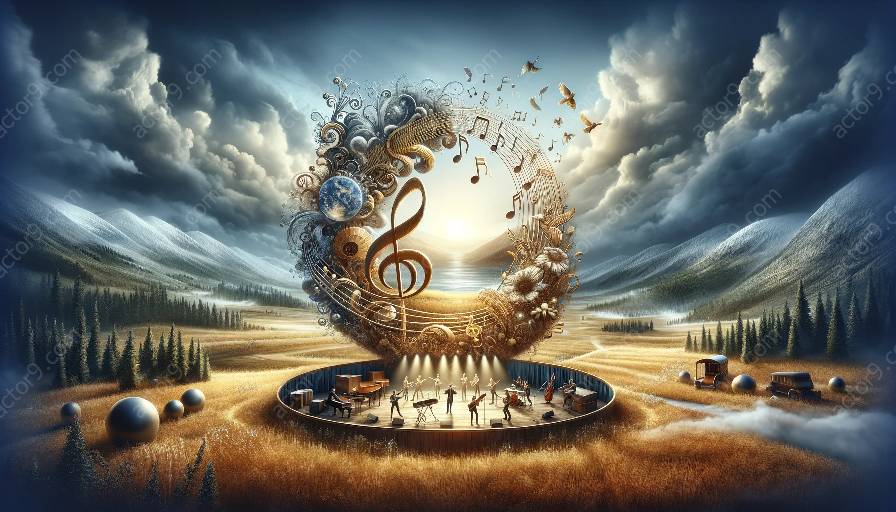When it comes to circus arts, music plays a vital role in enhancing the overall experience of the performance. Circus musicians must adapt their music to the specific needs of each act, employing diverse tactics and strategies to synchronize and elevate the visual elements of the circus. Let's delve into the intricate role of music in circus performances and explore how circus musicians adapt their music to create a captivating experience for the audience.
The Role of Music in Circus Performances
Music is an integral part of any circus performance, as it complements the visual elements and narrative of the acts. It sets the mood, rhythm, and pace of the performance, and enhances the emotional and dramatic impact of the circus arts. Whether it's a thrilling acrobatic display or a mesmerizing aerial act, the right music can elevate the audience's experience and create a deeper connection with the performers.
Adaptation by Circus Musicians
Circus musicians face the unique challenge of adapting their music to complement the specific needs of each act. They must synchronize their music with the performers' movements and cues, while also enhancing the storytelling and atmosphere of the circus acts. This adaptation requires a deep understanding of the nuances of each act and the ability to dynamically adjust the music in real time.
Understanding the Specific Needs
Before the performance, circus musicians meticulously analyze and understand the specific needs of each act. They consider the tempo, dynamics, and emotional arc of the act, as well as the cues and timing required to synchronize the music with the performers' movements. This deep understanding allows them to tailor their music to perfectly complement and enhance the visual spectacle of the circus.
Creating Atmosphere and Emotion
During the performance, circus musicians utilize their skills to create the right atmosphere and evoke emotion through their music. They may employ a variety of musical techniques, such as crescendos, decrescendos, and tempo changes, to match the energy and dynamics of the acts. By doing so, they intensify the audience's engagement and immerse them in the magical world of the circus.
Real-Time Adaptation
One of the most remarkable abilities of circus musicians is their capacity for real-time adaptation. They remain alert and responsive to the performers' actions, adjusting their music instantly to synchronize with unexpected changes or improvisations during the act. This dynamic interaction between the musicians and performers adds an element of spontaneity and excitement to the circus performance.
Enhancing the Overall Experience
Ultimately, the adaptation of circus musicians plays a significant role in enhancing the overall experience of circus arts. Their ability to finely tune their music to the specific needs of each act ensures that the audience is captivated and transported into the enchanting world of the circus. Through their skillful adaptation, circus musicians contribute to the seamless integration of music and visual spectacle, creating an unforgettable experience for all who attend the circus performance.


































